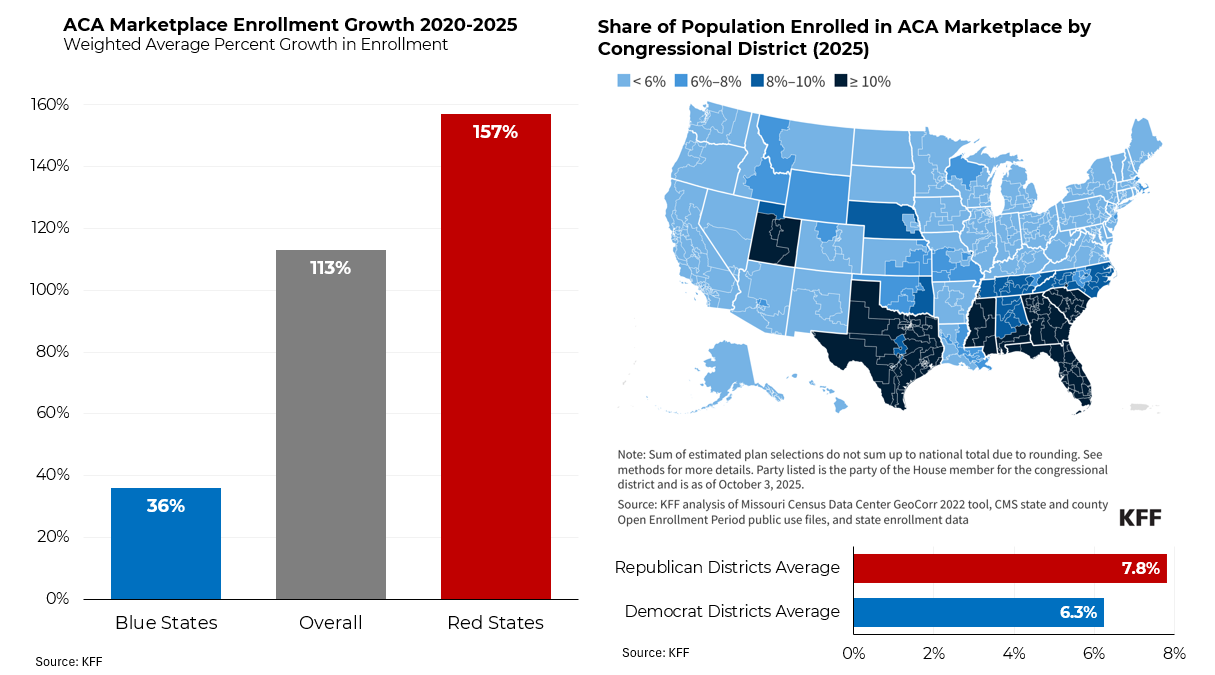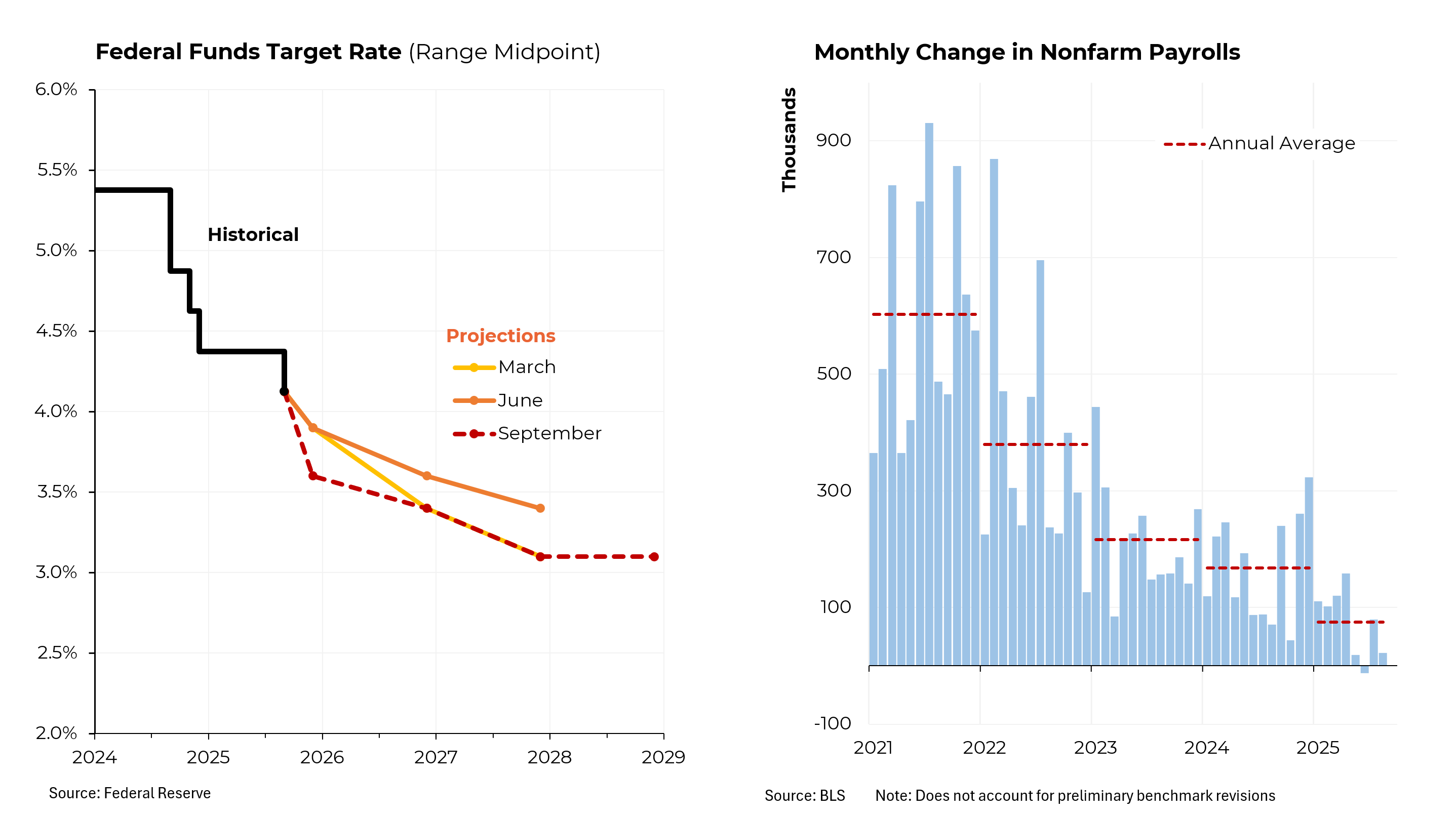Originally published in the New York Times
Almost lost in the tug of war over whether the top income tax rate should be 35 percent or 39.6 percent is another consequential tax issue: the proper rate for capital gains and dividends.
It was the absurdly low rate on those forms of income – just 15 percent – that yielded Mitt Romney’s embarrassingly small tax payments. And that’s what also led to Warren E. Buffett’s lament that his tax rate was lower than his secretary’s.
So as we scurry around looking for new revenue to help address the yawning budget deficit, let’s zero in on this special preference.
President Obama has proposed much of the needed adjustment, including eliminating the special treatment of dividends and raising the tax on capital gains to 20 percent for the rich.
Personally, I would go further and raise the capital gains rate to 28 percent, right where it was during the strong recovery of Bill Clinton’s first term, and grab hold of a total of $300 billion of new revenues over the next decade.
Inevitably, a chorus of outrage would greet any such increase. Capital investment would be severely impaired! Some of the wealthy might decamp from America! With a new 3.8 percent Medicare tax on unearned income about to take effect, this would exacerbate the disincentives for investment!
Put me down as skeptical about such dire forecasts. During my 30 years on Wall Street, taxes on “unearned income” have bounced up and down with regularity, and I’ve never detected any change in the appetite for hard work and accumulating wealth on the part of myself or any of my fellow capitalists.
Remember also that corporate leaders have pretty much convinced policy makers of both parties that business taxes should be reformed to allow them to compete more effectively around the globe. Providing this relief makes sense, but since the benefits would flow to shareholders, this is yet another argument for higher taxes on dividends.
Increased revenues, meaning higher taxes, will be a central element of any successful long-term budget plan, and President Obama is right to insist that the wealthy – the slice of America that has come through the recession in by far the best financial health – should provide those funds.
Here’s the math: We need at least $4 trillion of long-term deficit reduction, with a substantial portion – on the order of $1.2 trillion – coming from new revenues.
That means other veins belonging to the wealthy will need to be tapped. Raising the tax rates for American households with incomes above $250,000 per year, as President Obama has proposed, would certainly be a productive and welcome step.
But viable alternative measures are available. At a minimum, we need to implement the “Buffett Rule,” the concept that Americans making more than $1 million a year should pay at least 30 percent of their income in taxes. This wouldn’t raise a huge amount of money – between $47 billion and $160 billion depending on what else is done to rates – but it would reinforce the responsibility of the wealthy to pay their fair share.

The New York Times
Sources: Treasury Department; Tax Policy Center; Joint Committee on Taxation
Another important step toward tax fairness would be to address the indefensibly low 15 percent tax rate on the famous “carried interest,” the fee received by private equity and certain hedge fund investors.
As a beneficiary of the carried interest loophole, I’ve seen firsthand the lack of any difference between the work involved in generating a carried interest and the work done by millions of other professionals who are taxed at the full 35 percent rate.
Another productive area for raising revenue would be limiting deductions available to the wealthy. The highest-income Americans don’t need tax-free health insurance, mortgage interest deductions or deferred taxation on retirement funds.
Mitt Romney himself proposed an efficient and effective approach: just limit the total amount of deductions. Even excluding charitable deductions from this limitation – as I would personally advocate – capping deductions at $25,000 would raise large amounts of revenue, an estimated $885 billion over the next 10 years.
While Mr. Romney called for applying the limitation to all Americans, a fairer approach would be to impose it only on the wealthiest.
These types of tax changes would have the ancillary benefit of defusing a specious argument that conservatives love to make: that raising the top rates on ordinary income would hurt small business.
Certainly no small business can claim to be damaged by a higher rate on dividends or capital gains or by the proprietor’s losing some tax deductions.
So I’m all for raising rates as President Obama has proposed. But in a divided government, compromise is needed, and happily there are other chips that can be put on the table as we bargain over how to raise the needed revenue from the wealthy.





